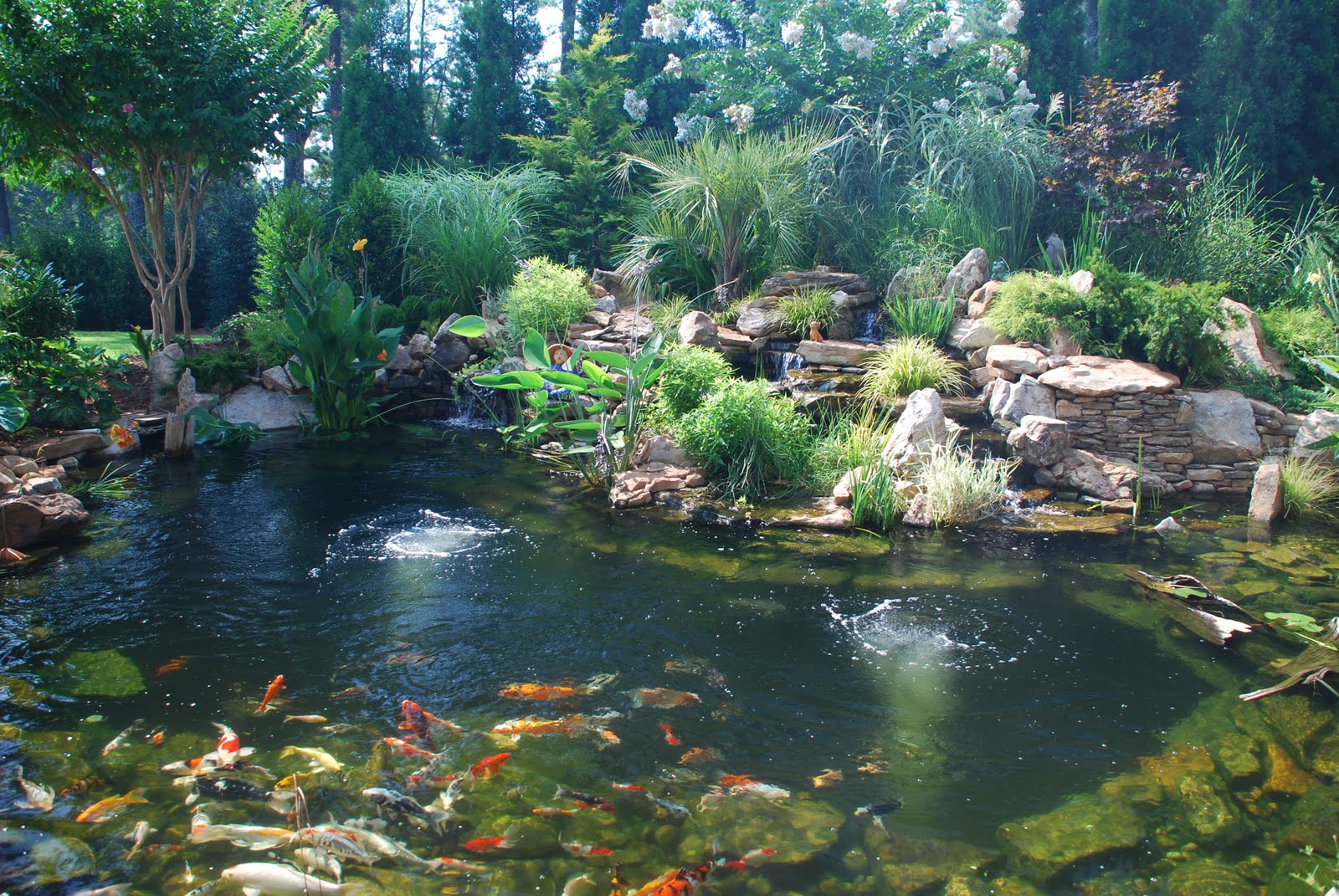
The Ultimate Guide to Designing an Effective Koi Pond Settlement Chamber
Introduction
Koi ponds are a beautiful addition to any outdoor living space, but they can be a bit finicky when it comes to water quality. That’s where a settlement chamber comes in. This important part of the koi pond filtration system is responsible for removing debris and sediment from the water, ensuring that your finned friends have a healthy and clean living environment. In this guide, we’ll take a deep dive into koi pond settlement chambers, including what they are, why they’re important, and how to design one that works effectively.
What is a Koi Pond Settlement Chamber?
A settlement chamber is a type of filter that removes larger particles and debris from the water in your koi pond. It’s often one of the first steps in the filtration process, and it’s critical for maintaining a healthy and clear pond environment. Settlement chambers work by allowing the heavier particles to settle to the bottom of the chamber, where they can be collected and removed, while the cleaner water moves on to the next stage of filtration.
Why You Need a Settlement Chamber for Your Koi Pond
The importance of good water quality in a koi pond cannot be overemphasized. Not only is it essential for the health and well-being of your fish, but it also plays a role in the overall appearance of your pond. Sediment and debris in the water can cause cloudiness and discoloration, as well as foul odors. A settlement chamber is a critical component in maintaining healthy water in your koi pond, as it removes the larger debris that can’t be filtered out by other means.
Designing an Effective Koi Pond Settlement Chamber
Now that we understand the importance of a settlement chamber, let’s take a look at how to design one that works effectively. Keep in mind that settling chambers come in many shapes and sizes, so there’s no one-size-fits-all solution. However, some basic principles apply for any design.
Size Matters
The size of your settlement chamber will depend on several factors, including the size of your pond, the number of fish you have, and the level of debris present in your water. As a general rule of thumb, your settlement chamber should have a volume of at least 10% of your total pond volume. This means that if you have a 1,000-gallon pond, your settlement chamber should have a capacity of at least 100 gallons.

Location, Location, Location
The placement of your settlement chamber is just as important as its size. It should be located after any pre-filtration devices, such as a skimmer or sieve filter, and before your biological filter. This ensures that the larger debris is removed before it can clog up your biofilter, which is responsible for removing smaller particles like ammonia and nitrites.
Gravity-Fed or Pump-Fed?
Settlement chambers can be gravity-fed or pump-fed, depending on the layout of your pond and filtration system. Gravity-fed systems rely on the force of gravity to move water through the system, while pump-fed systems use a pump to move water. In general, gravity-fed systems are easier to maintain and require less energy, but pump-fed systems may be necessary for larger ponds or those with unique layout requirements.
Construction Materials
Settlement chambers can be made from a variety of materials, including concrete, fiberglass, and plastic. Which material you choose will depend on your budget, aesthetics, and personal preference. Concrete is durable and long-lasting, but it’s also the most expensive option. Fiberglass is a good middle ground in terms of cost and durability, while plastic is the most affordable option but may not last as long as other materials.
Maintenance Tips for Your Koi Pond Settlement Chamber
Once your settlement chamber is installed, it’s important to maintain it properly to ensure optimal performance. Here are a few tips to keep in mind:
Clean Regularly
Depending on the level of debris in your pond, you may need to clean your settlement chamber anywhere from once a week to once a month. Use a hose to flush out the settled debris and dispose of it properly.
Inspection
Periodically inspect your settlement chamber for cracks, leaks, or other damage that may impact its performance. Repair or replace any damaged components as needed.
Monitor Water Quality
Keep an eye on the water quality in your pond and make adjustments to your settling chamber or other filtration components as needed. Regular testing of your water parameters is recommended.
Conclusion
A settlement chamber is an important component in any koi pond filtration system. By removing larger debris and sediment from the water, it ensures that your pond environment is healthy and clear for your fish to thrive. When designing your settling chamber, keep in mind the principles of size, location, and construction materials, and make sure to perform regular maintenance to keep it running smoothly. With these tips in mind, you’ll be well on your way to enjoying a vibrant and beautiful koi pond.